Tire studs are the life-saving inclusions that you can add to your car. Why? Well, it is pretty obvious that when you drive on a snowy or icy road, there is a sure short chance that your car may slip due to less friction.
However, the icy weather is not going to stay for long. When the summers come, the tire studs have to be removed.
To remove tire studs, start by removing the tire lubricating it to loosen the stud’s grip. Then, take a plier, a flathead screwdriver, or even a tire stud remover to reach the stud, hold it tight and pull it out. Lastly, check the tire, if there are any punctures or leaks. If it’s good to go, replace the tire.
Statistics suggest that 24% of weather-related vehicle crashes occur on snowy, slushy, or icy roads. Hence, it is necessary to prepare beforehand. To keep your ride smooth and safe on a slippery road, it is best to equip its tires with studs. These are small metal protrusions that look like screws.
They can be inserted into the winter tires to improve road friction.
Well, if you are a newbie, it will be better if you consult a professional for removing tire studs. It will cost you around $30-$40. On the other hand, if you want to save these extra bucks and want to do the job yourself, keep these tips and tricks in mind!
Yes, if you are aware of the removal process, it is safe to remove the studs from the tires. However, you need to ensure that there is no damage to the tire after you are done removing them.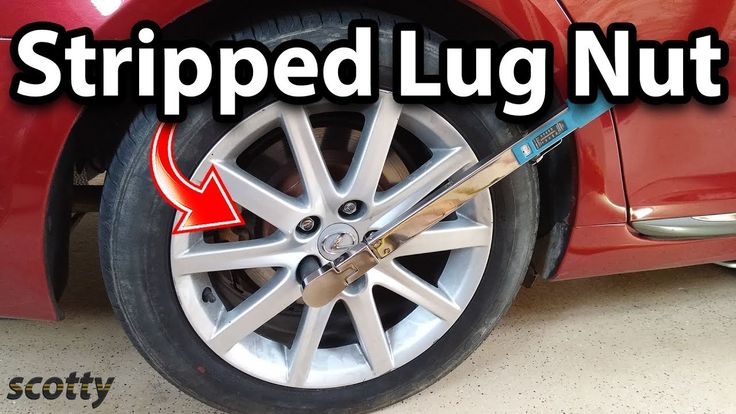
As these studs might be driven deep into the tires, there is a possibility of puncture. You can check it by immersing the tire in the water or by checking for air leakage. You can also spray some water on the tire and check for bubbles forming on it.
Supplies You’ll Need For Removing Tire StudsIf you are doing the job by yourself, it will be best if you gather up all the required supplies beforehand. It will be tough for you to get those studs out of the tires if you do not have the right supplies. Some of the most crucial things that you need are:
 It will make the job easier.
It will make the job easier.Lubricant is necessary to prepare the tire for removal. It loosens the stud to some extent, thus making it easy to remove.
This is the supply that you will need at the end when you are done removing the tire studs and have to check the tire for damage like punctures.
How To Remove Tire StudsSo, here we are on the most crucial section of the post. The procedure to remove tire studs is a cakewalk if you are professional, but if you are doing it for the first time, you need to be a bit careful. Follow these steps:
Step 1: First off, you need to lift the car up with the jack and uninstall the tire from it. This will give you ample room to operate on the tire.
Step 2: After removing the tire from the car, get some lubricant and apply it over the tire studs area. This is to make the tire studs easy to remove by loosening their grip from the tire.
This is to make the tire studs easy to remove by loosening their grip from the tire.
You can use dish soap, water, or just soap. Try not to use greasy lubricants as they can cause problems for you while driving.
Step 3: Once the studs are lubricated, place the tire on the floor for support or between your legs. Ensure that it does not move.
Step 4: Choose the right tool. If the stud is driven deep, take the tire stud remover, place it on the tire and drive it down to the bottom of the stud. After this, pull the stud out, and you are done. Keep in mind that you drive the tool to a certain depth and with minimal force to prevent damage.
If the studs have a flat base, it is best to drive the tip of the screwdriver under the base of the stud and lift it to pop it out. The third tool that you can use to remove tire studs is pliers. If your tire studs still have a tip left on the top, use the pliers to grab that tip and pull out the stud.
Step 5: Check the tire for damage like a puncture.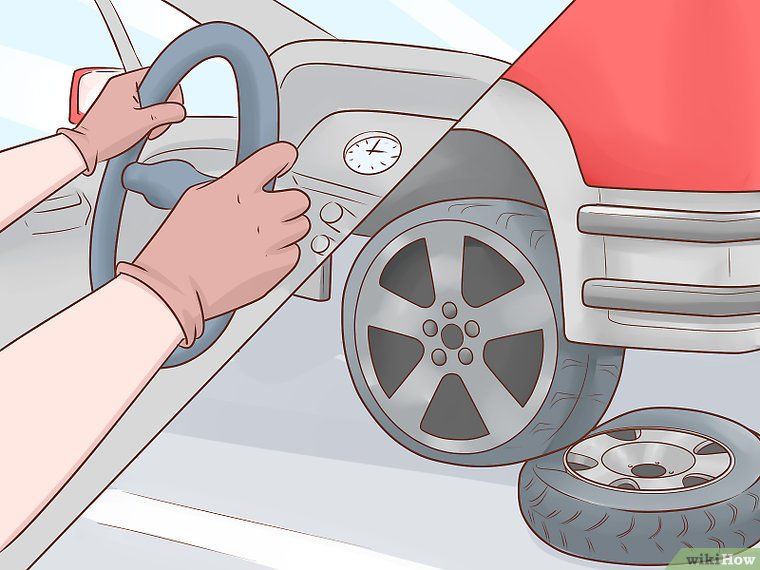 Immerse it in the water or spray some water on the stud area to see if bubbles are formed.
Immerse it in the water or spray some water on the stud area to see if bubbles are formed.
The key thing that you need to consider while buying studded tires is if they are allowed in the area you live. As of now, 11 US states do not permit the use of studded tires, whereas 6 permit them without any legal boundings.
Some US states allow studded tires but only during a fixed time frame. You may have to pay hefty fines if you are using studded tires in a place where they are illegal.
Frequently Asked Questions:Which US states allow the use of studded tires?The US states that allow the use of studded tires includes Colorado, New Mexico, New Hampshire, Kentucky, Wyoming, Vermont.
Are there any other types of studs available?Yes, apart from metal, rubber studs are also available for use. These are permitted by some of the US states like Alaska, Florida, Los Angeles, Rhode Island, and Texas.
Well, you can use studded snow tires in summers but they may not be ideal. The studs may produce noise while tires roll over the road.
02nd Feb,2022
When driving during the winter, your vehicle needs extra traction and grip to handle ice. Besides switching your normal all-season tires for winter tires, studs are another option you can consider to significantly enhance the tires’ strength in decelerating, accelerating, and stopping.
Basically, studs are pieces of metal that are inserted all over the tire’s surface so your tire can dig into ice and have superior traction. They are like mini anchors that can claw into the ice, thus improving grip. These little metal pieces are strong enough to dig into pavement though, so they’re only used when driving during the winter months.
Studding tires may be a job that’s better left in the hands of a tire service provider, but stud removal is definitely something you can do by yourself. In this article, we teach you how to remove studs from tires and examine whether or not you should stud your tires.
In this article, we teach you how to remove studs from tires and examine whether or not you should stud your tires.
Table of Contents
Use a jack and a tire iron to unmount the wheels. You can place the car on mounts so that it’s protected while the tires are off. This is an easy step that you can find here as well.
If you have a stuck lug nut, check out this seperate guide here.
Step 2: Lubricate the studs.Each tire has about 80-100 studs, which you need to lubricate before you get each of them removed. It’s better to use the same lubricant that you use to mount your tires as other types may have a negative effect on the rubber. Why do you need to use a lubricant? Simply because they allow you to easily remove every stud without tearing a tire thread that holds each of them in place.
The simplest tool you can use is a pair of pliers. Grab the top of a lubed stud with your pliers, twist, and pull it out. Repeat this process until all the studs are removed.
Step 4: Check for punctures.After all the pieces are removed, it’s necessary for you to do post-stud removal maintenance. You can either submerge the tires in a water tank to see if there are holes. If you don’t have a tank, you can spray a window cleaner on the treads and look for air bubbles. These indicate if there are any areas in the tread that are leaking. Take a couple of minutes to look over the condition of your tires. If you see no air bubbles, clean the tread with water and fill it with air according to the suggested air pressure.
Step 5: Remount your snow tires.Mount each tire back in place and set a time for weekly maintenance to be sure that there are no slow leaks.
How much does it cost to stud a tire?You can only stud a studdable tire, as these have pre-molded holes on the tread specifically made for studs.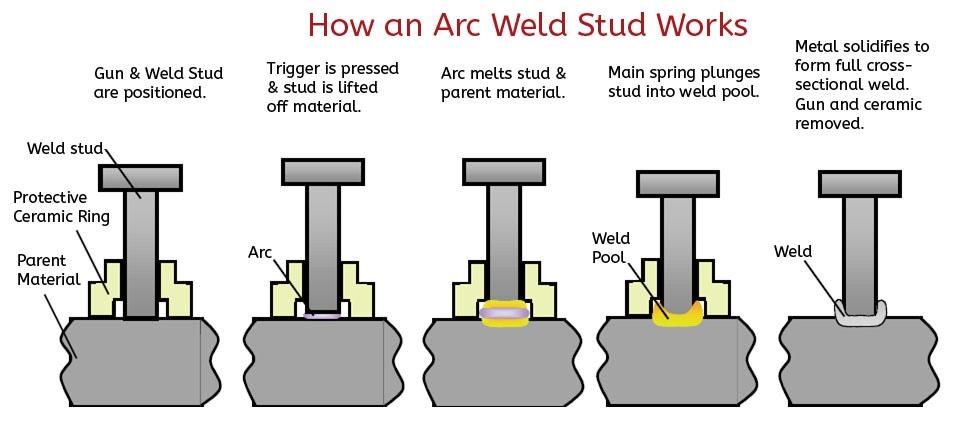 Trying to put studs on a studless tire is likely to damage the tread.
Trying to put studs on a studless tire is likely to damage the tread.
By default, studdable winter tires are sold without the studs themselves. These must be bought and installed separately. As for the price, it takes about $15 to stud each tire.
How to stud tires?A stud gun is used to insert the studs into the holes of a studdable tire. Once the gun “fires”, this expands the tread rubber, quickly puts the stud in, and returns the tread rubber to its original position to hold the stud in place.
Should you stud winter tires?As previously mentioned, studding winter tires provide that extra friction to make riding on icy roads safer. However, you should only use studded tires during the winter as that is what most state laws allow. You should not use studded wheels in dry and wet roads, as they interrupt the tire-road interaction which may cause accidents. In some states, studs have even been completely outlawed because they damage road surfaces. You can find more information about your state laws in posts on your local website.
You can find more information about your state laws in posts on your local website.
Nevertheless, companies that sell non-studded snow tires are continuing to innovate on their rubber compounds and tread designs to give vehicles the solid traction needed for driving on ice and snow. Most studless winter tires today are capable of staying flexible even in extremely cold temperatures. They are also equipped with sipes to give the tread some extra biting edges. Whether you drive a car, truck, or other vehicles, studless tires will do the job just fine.
That being said, install tire studs if you require excellent traction and ice performance. They deliver superb grip on roads covered with ice, and they should be used for that sole purpose. Search for a service professional to install your studs for extra durability and hassle-free installation.
ConclusionOverall, removing studs from tires is fairly easy, perhaps even comparable to removing paint from tires. With a lubricant, some pliers, and a few mounting tools, you can take the studs out of the tread and get the job done. Keep in mind that while studs do provide superior traction and grip, only use them during the winter as they are strong enough to damage road surfaces. Furthermore, consult your state laws to see if studs are not limited or banned in your area.
With a lubricant, some pliers, and a few mounting tools, you can take the studs out of the tread and get the job done. Keep in mind that while studs do provide superior traction and grip, only use them during the winter as they are strong enough to damage road surfaces. Furthermore, consult your state laws to see if studs are not limited or banned in your area.
Searching for some great tires for your car? Check out our buying guides for the greatest tires for Prius and top tires for Honda Accord.
A large number of car enthusiasts like to save on spare parts for their car. This is especially clear among Russian motorists. Recently, cases of intentional damage to winter sets of rubber have become more frequent, namely, depriving them of spikes. What is it for? To prevent drivers from buying a new kit for the summer season.
Therefore, you have to go to extreme measures and pull out the spikes yourself. Such an operation already has several ways to implement it. Let's take a closer look at each of them.
Such an operation already has several ways to implement it. Let's take a closer look at each of them.
Contents
As they say, the first pancake always comes out lumpy. One of the very first ways to remove the spikes from their tires is with a screwdriver. This is done quite simply - we hook the spike by the upper part and make a sharp upward movement with the brush.
One such movement may not be enough, so the procedure must be carried out until the spike is removed. This is the worst way to extract spikes, as it is inefficient and traumatic.
Using this method, drivers will easily rub themselves huge blisters even at the stage of pulling out the third or fifth stud, and as you know, one tire contains about 80-100 studs. In other words, while the driver picks the tires with a screwdriver, a huge amount of time will pass, and at best 50 spikes will be removed in the end.
In other words, while the driver picks the tires with a screwdriver, a huge amount of time will pass, and at best 50 spikes will be removed in the end.
This type of studding is dangerous for the general condition of the tires, since it is likely to damage the rubber. When pulling out the spikes with a screwdriver, you must use the tool very carefully, and after the operation is completed and all the spikes are removed, you will need to check the tires for holes.
This is easy to do - just put the tires in water and see if there are any bubbles. If they go, then the tire is damaged and the air pressure in it will gradually decrease during movement. Otherwise the tires will be usable.
This method, unlike the previous one, is the most reliable and safe, but at the same time unprofitable financially. This is the only paid way to extract spikes from all possible ones.
Car service specialists have special equipment for removing studs.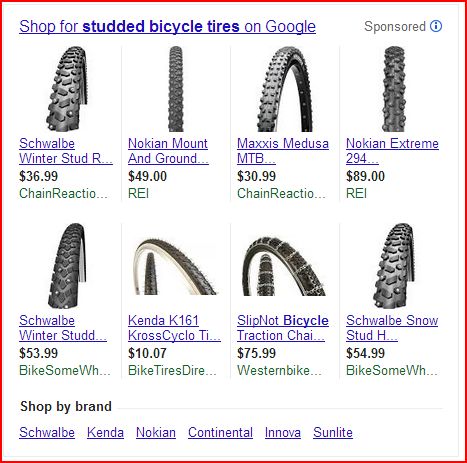 If you look at the rubber studding technology, you can see that the craftsmen use a special gun. A spike is inserted into this pistol, it is directed to a certain place where it will be inserted, the handle is pressed, and the spike is in place.
If you look at the rubber studding technology, you can see that the craftsmen use a special gun. A spike is inserted into this pistol, it is directed to a certain place where it will be inserted, the handle is pressed, and the spike is in place.
Reverse action tool available for pinning. But for this, it is first necessary to prepare the place where the spike is located, to expand the hole into which it is inserted. After that, you can already engage in its extraction.
If you use the help of third-party car repair shops and tire fitting companies, you can guarantee yourself complete safety when driving, since the tools used in such companies a priori cannot damage rubber. In the same place, the mechanics will immediately balance the wheels, which will be very appropriate after the wheel destudding operation.
But the only stumbling block here is the financial side of the issue. Such a procedure is not so expensive, but who wants to spend money on something that can be done with your own hands?
 3 - driving on asphalt
3 - driving on asphalt It's hard to believe, but many drivers use this method to unclip winter tires. The effectiveness of this method is average - with sudden braking and making sharp turns, the spikes really fly out of their mounts on their own.
To do this, it is enough to skillfully use the high-speed mode and choose the right trajectories of movement. However, this method also poses a danger to the quality of the rubber, since along with the studs that have flown out, a serious level of rubber wear can also be obtained.
Many drivers try to keep the quality of tires as high as possible, but with this method of de-studding it is virtually impossible. In order to remove the spike from the surface of the tire, it takes quite a lot of time, during which you need to go a long distance. In the end, this will also hit your wallet, because you have to spend money on gas.
Plus, when using this method, it is impossible to guarantee the complete removal of studs - in any case, there will be several dozen of them on all four wheels, which then will have to be removed also manually. Therefore, we do not recommend using this method, as well as the first one.
Therefore, we do not recommend using this method, as well as the first one.
Studs installed in winter tires usually look like thick and short nails with a flat bottom and a flat head. They also have a tungsten pin on top. They are inserted with a flat head down, exactly into those holes that were distributed on the tread surface in advance during the manufacture of the tire itself.
Appearance of the spikes
How does the insertion take place? The extended fingers of the pneumatic action gun are inserted into pre-prepared holes, then they insert the studs into them and are removed. Such actions allow the tread rubber to return to its original state, as well as shrink around the stud cavity. In this process, the spike is securely held in the surface of the rubber. Recall that, depending on the tread pattern and tire size, each of them contains about 70-100 spikes.
In order to remove the studs in the fastest and most effective way, you will need the most common pliers and a special lubricant that was previously used when fastening tires.
The principle of operation for such an operation is as follows - it is necessary to lubricate the studs with this lubricant, while the tires are well inflated before reaching the optimum pressure, then it is necessary to grab the stud with pliers by the upper surface and pull it up. In this case, it is imperative to ensure that the spike comes out of the rubber surface straight up, otherwise damage to the rubber may occur during operation.
Lubrication is required to ensure that the stud slides well when it is removed from the hole. During de-studding, it is also necessary to pay attention to what is the residual depth of the tread. If this value is slightly more than 5 millimeters, then such an operation is the most optimal measure for the removal of spikes. In this case, you can guarantee that the de-studding will be done quickly and with the highest quality.
If the residual tread depth is less than 5.5 millimeters, then such an operation also takes place, but it must be done with extreme caution.
Before you start removing the studs from winter tires, it is best to watch videos containing a detailed description of this process, and these videos will describe exactly the last method of removing studs from winter tires.
On these videos, the masters clearly show the removal technique, they also advise the best lubricant for processing spikes. Also, if possible, it is better to use the video directly during deshipping. Thus, you can most accurately understand this process and repeat all the necessary manipulations.
First of all, pay attention to how exactly the tenon is captured, since this is the most important element when de-pinning. Remember also that you should not overdo it with lubrication, otherwise it may make it difficult to pull out the spikes. Try to do everything exactly as the mechanics in the video do it - and then you can guarantee success in the planned operation!
Ultimately, I would like to summarize the following - in order to make summer tires out of winter tires, you need to have pliers and grease on hand.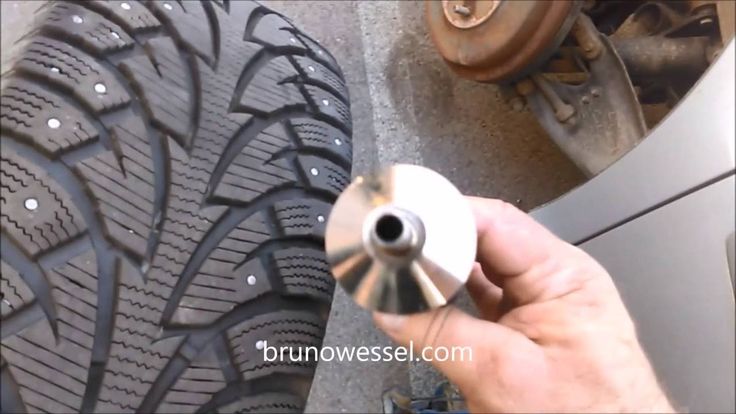 You can also use gadgets to view a saw while working, which will describe in detail the technique for removing studs from winter tires.
You can also use gadgets to view a saw while working, which will describe in detail the technique for removing studs from winter tires.
When carrying out such work, pay attention to the fact that the rubber is not damaged, otherwise it can be completely damaged in this way. If you have a studded wheel on hand that you will no longer need later, then it is better to try to practice on it. Pull out a few studs, try it, and if everything works out well for you, then you can proceed to de-studding the main set of winter tires.
Also remember, the miser pays twice.
If you remove studs from winter tires incorrectly, then in the future you will still have to buy a new summer set to replace the damaged winter one.
Yes, wheel alignment, on the one hand, will save you money on buying new summer tires. But think also about the fact that if the studding is incorrect, re-studding the former winter tires can be a waste of time if it is really damaged.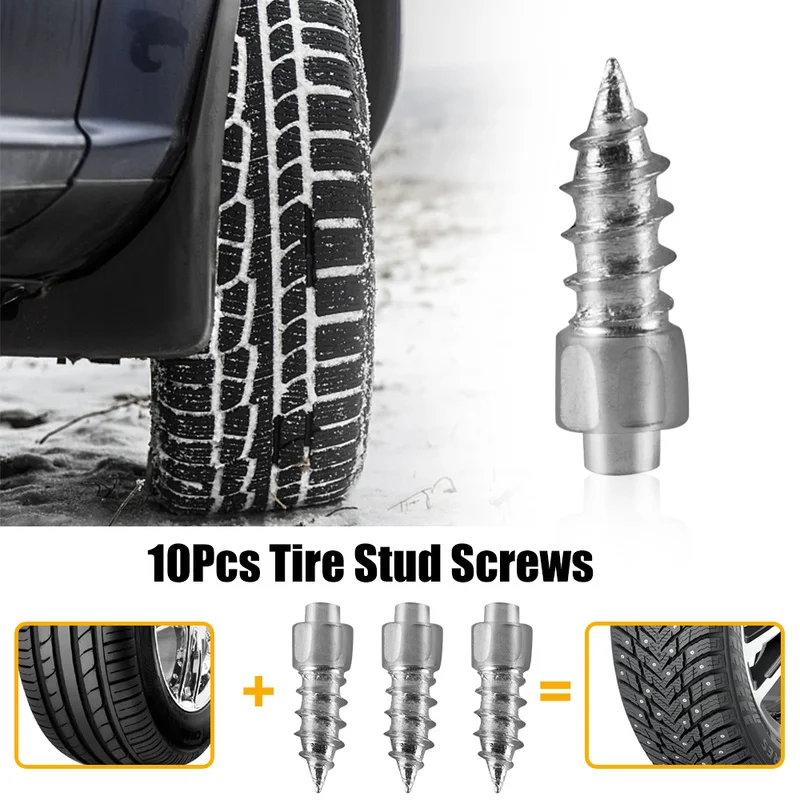
Prepare well before you start pulling the spikes, study the videos in detail and boldly start working if you are sure of your success!
Skip to content
Search for:
Due to the crisis, many motorists are looking for ways to save money on the upkeep and maintenance of their car. Some of them prefer to save on tires. You can do this in different ways, for example, use winter tires in the summer. However, to do this, they need to remove excess spikes. How to do it?
There are four ways to remove studs from tires. Let's consider each of them separately.
Contents
The spikes can be removed by yourself with a screwdriver. It must be threaded into the spike, into its upper part, and sharply pulled up.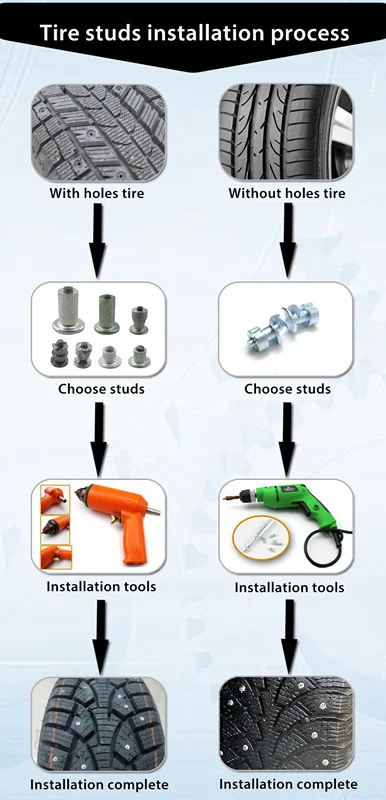 Elements that are firmly installed and not prone to falling out will not immediately pull out, you will have to repeat the movement several times.
Elements that are firmly installed and not prone to falling out will not immediately pull out, you will have to repeat the movement several times.
It is best to carry out this process with thick gloves, but even they will not always save you from the appearance of corns. As a rule, it is very difficult to pull out the spikes in this way and most often it is possible to dismantle no more than half at a time, as you get very tired.
It also increases the risk of rubber damage or even tire puncture. To make sure that no damage has been caused, it is necessary to place the inflated tires in water and check if there are bubbles or not. It would be fair to clarify that the process is very long, tedious and inefficient.
The second option is much safer and more efficient. It will already require pliers and special grease for tires. First you need to lubricate the protector, and then use pliers to pull out each claw.
The tires must be well inflated for comfort. When pulling out the spikes must be directed upwards in order not to damage the rubber.
When pulling out the spikes must be directed upwards in order not to damage the rubber.
This is the safest and fastest option. However, it will require financial costs. All tire shops have equipment for both installing studs and removing them. The insert is made with a special gun, pulling out occurs with it, but with the opposite effect.
First, the master prepares the area where the spike is installed, namely, expands it. After that, the studding elements will be removed fairly quickly. In this case, everything will be done according to safety precautions and the tires will definitely not be damaged.
As a general rule, the wheels need to be balanced after the removal of the studs. At a service station or in a tire fitting, it is convenient that it can be produced here. The only drawback of this method is the need to pay for the service.
In order for all the studs to fly out of the tread by themselves, you can use such an unusual method as driving on a dry asphalt surface.